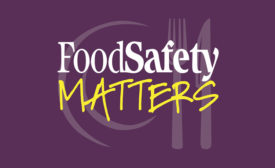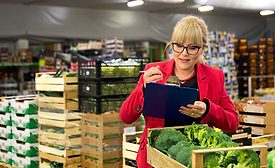Home » Keywords: » HAACP
Items Tagged with 'HAACP'
ARTICLES
Controlling Foreign Object Hazards in Food
The reliability of control systems should align with foreign object risk, and redundant controls should be implemented for high-risk hazards to increase the overall reliability
April 10, 2023
Reanalysis—A Critical Component of Verification
The Food Safety Plan/HACCP Plan is a living document that requires ongoing maintenance, including reanalysis at appropriate time intervals
October 11, 2022
Alternative Thinking about Violations
Looking at violations based on the corrective or preventive actions required can assist inspectors with proper citation
February 22, 2022
Never miss the latest news and trends driving the food safety industry
eNewsletter | Website | eMagazine
JOIN TODAY!Copyright ©2025. All Rights Reserved BNP Media.
Design, CMS, Hosting & Web Development :: ePublishing





